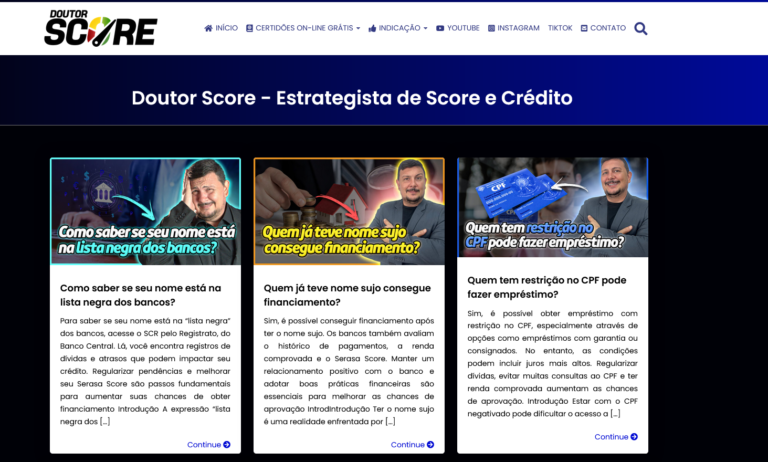Ethical Considerations of Using Fake Imagery: Navigating the Fine Line
In today’s digital age, the use of imagery plays a crucial role in various fields, from advertising to journalism. However, with the rise of technology, the line between real and fake imagery has become increasingly blurred. While the use of fake imagery can sometimes be justified for artistic or entertainment purposes, it also raises ethical concerns that need to be addressed.

One of the main ethical considerations of using fake imagery is the potential for misinformation. In a world where fake news spreads rapidly, the use of fake imagery can further distort reality and mislead the public. This can have serious consequences, especially in areas such as journalism and politics, where accurate information is crucial.
Another ethical consideration is the impact on trust and credibility. When fake imagery is used in a deceptive manner, it can erode trust in the source and undermine the credibility of the content. This can be particularly damaging for businesses and organizations that rely on trust to maintain their reputation.

Additionally, the use of fake imagery can raise questions about consent and privacy. Using someone’s image without their permission, or altering an image in a way that misrepresents them, can be a violation of their rights and privacy.
To navigate these ethical considerations, it is important to exercise caution and transparency when using imagery. When using fake imagery, it is crucial to clearly label it as such and provide context to ensure that viewers understand its purpose. Additionally, it is important to be mindful of the potential impact on individuals and society as a whole, and to prioritize accuracy and truthfulness in all forms of communication.

In conclusion, while the use of fake imagery can sometimes be justified, it is important to consider the ethical implications and ensure that it is used responsibly and transparently. By being mindful of these considerations, we can navigate the use of fake imagery in a way that respects both individuals and the truth.



